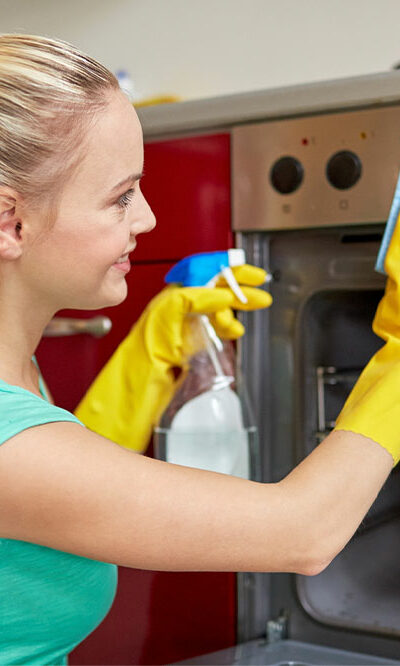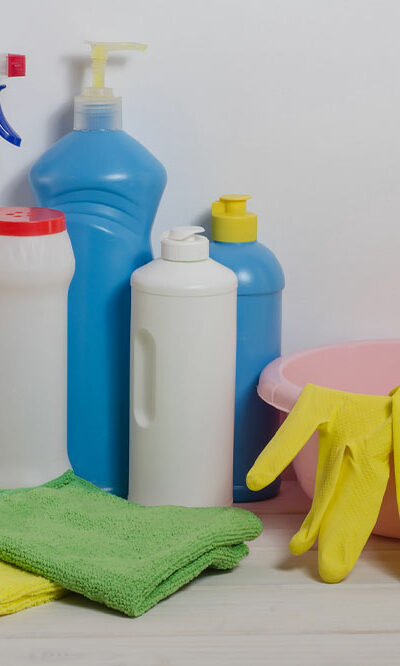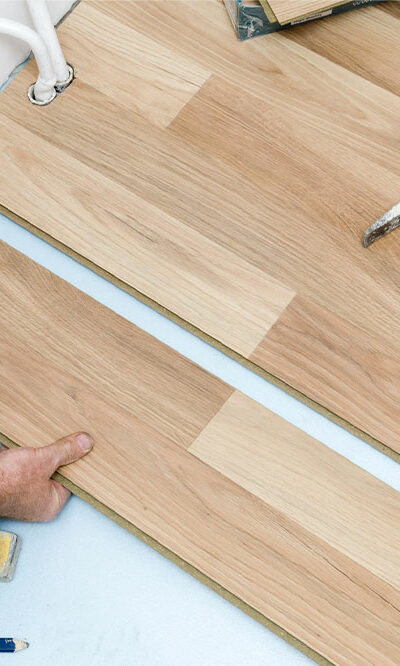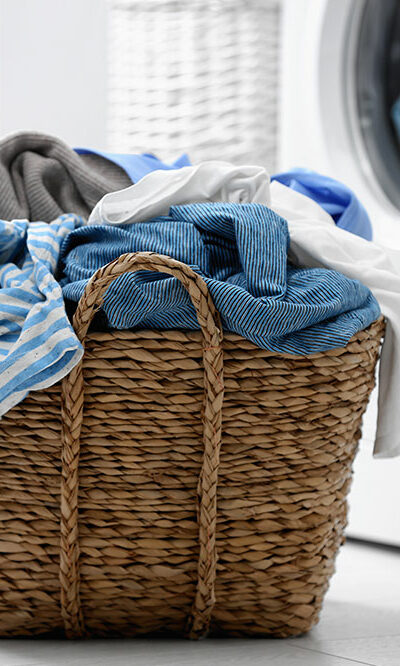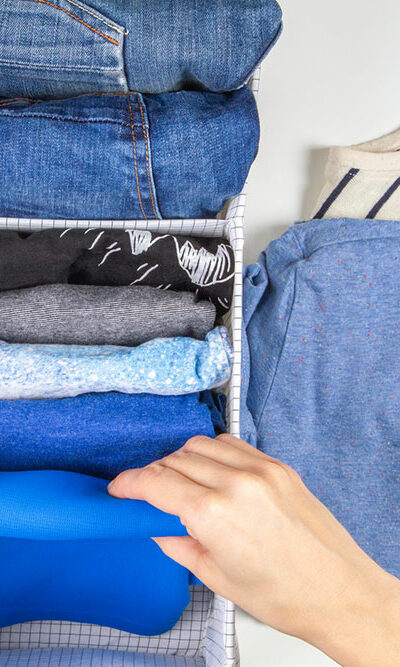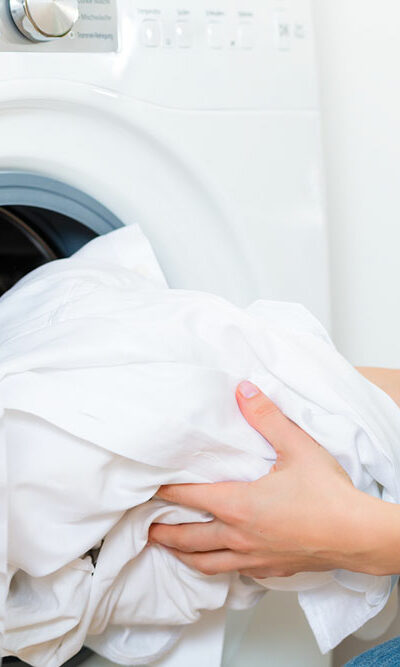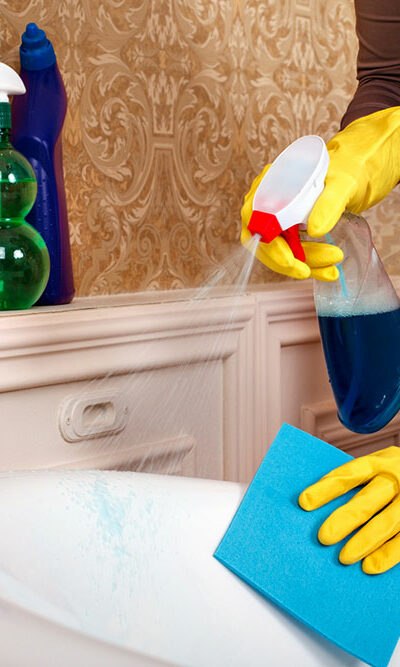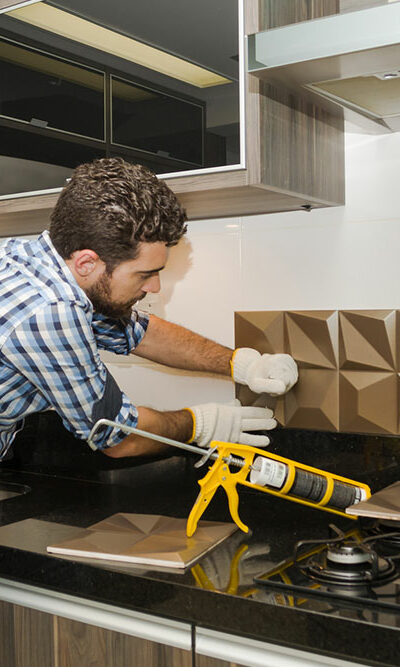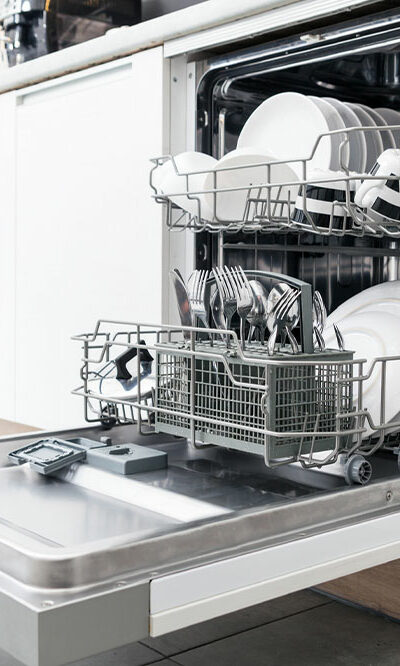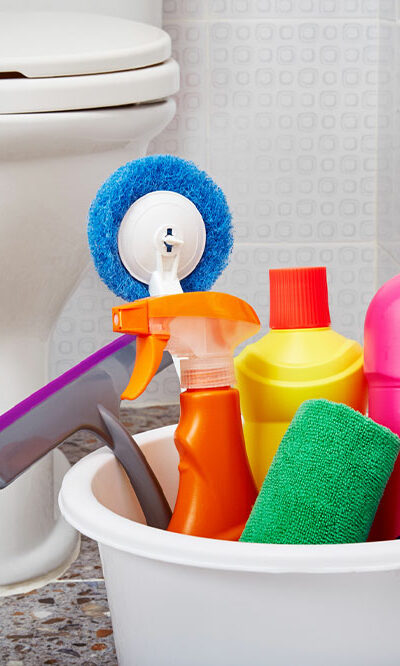
5 weird but super effective cleaning tools
When people think of cleaning tools, certain images may pop into their heads; a brush, a suction cup, a cleaning cloth, a vacuum cleaner, a mop, a scrubber, and so on. However, besides these, there are a host of unconventional tools and solutions that be just as effective in cleaning surfaces and items. Most people may not know about these and, therefore, will never have experienced their effectiveness. Here are some such cleaning tools: Advanced baking soda spray Many people know about baking soda’s underrated cleansing properties, but not many may try baking soda spray to clean furniture upholstery. All one needs to do is take warm water and mix about three tablespoons of baking soda. People can add a few drops of scented oil into the mix for fragrant results. This spray is useful for cleaning fabrics. Before using a baking soda spray, all one needs to do is mix just the right amount of baking soda and sweet-smelling oils so that the odor never becomes overwhelming and the soda’s residue does not stay behind on materials. Sliding door track cleaning brush A sliding door track is incredibly useful to clear dirt and dust from the track of a sliding door. As one knows, cleaning those tracks is a difficult task, so having a flexible tool that enables people to do so without breaking into a sweat can be a blessing in disguise. Barbed drain snaking device A snaking device is not exactly a novelty, but most people may not use it to cleanse their clogged drainage systems. In that sense, this tool falls perfectly into this list of unusual or weird cleaning tools out there. One really needs to try this tool out before believing its sheer effectiveness in yanking out clogged trash, dirt particles, hair, paper, and other items that may choke the drainage system.
